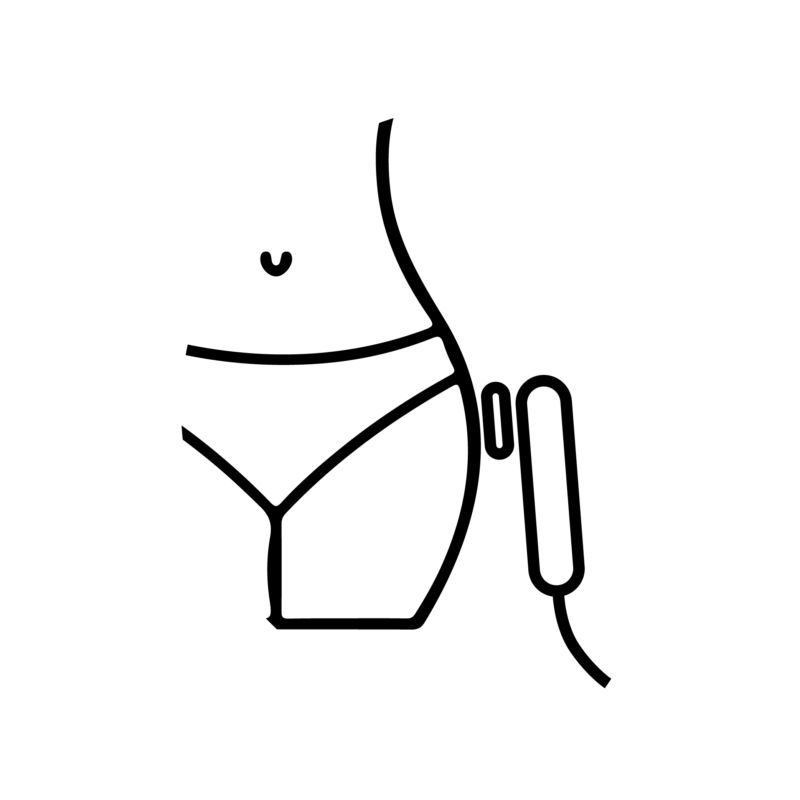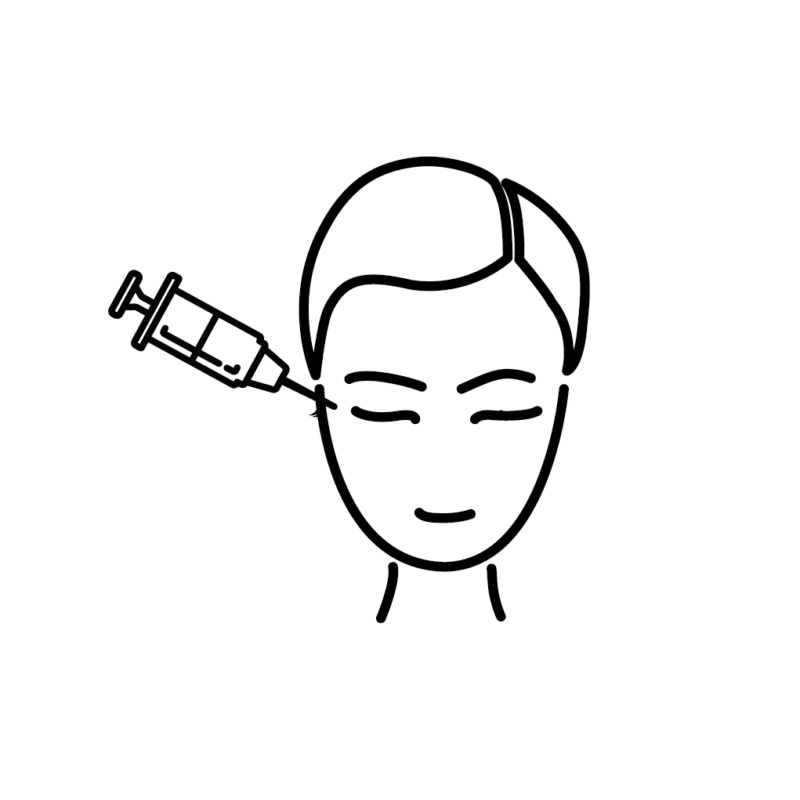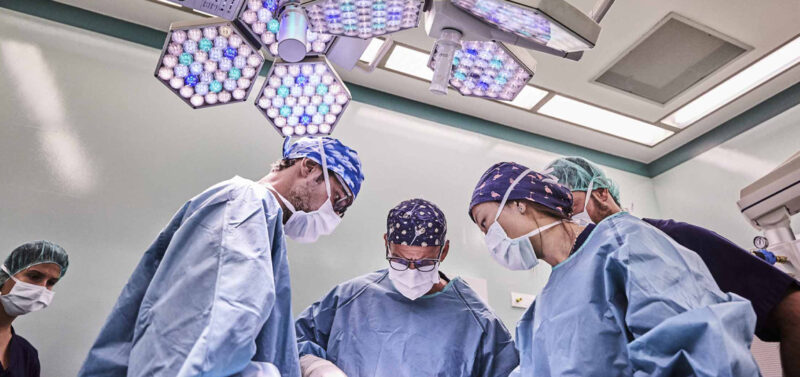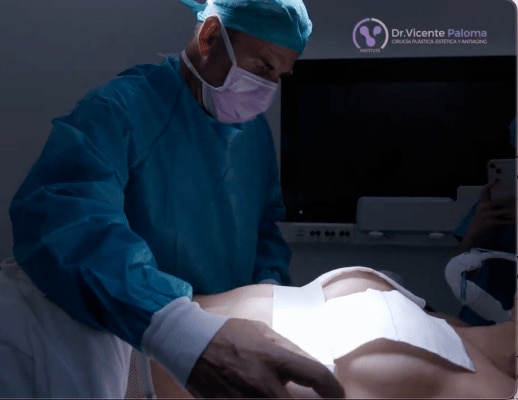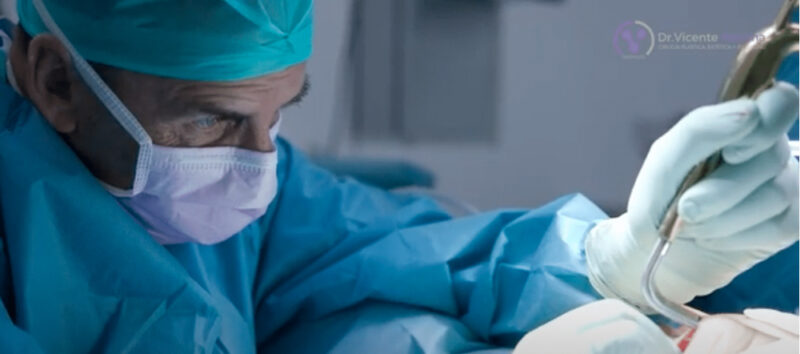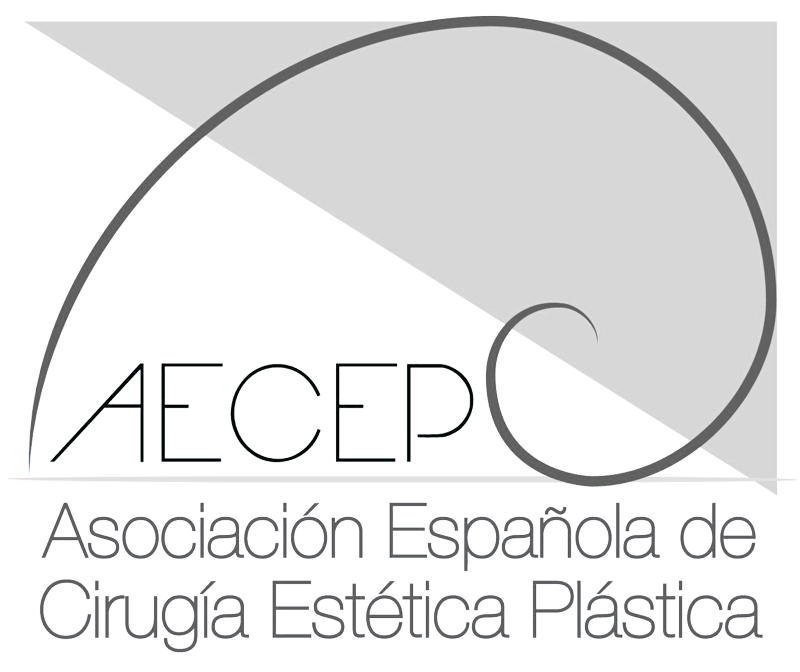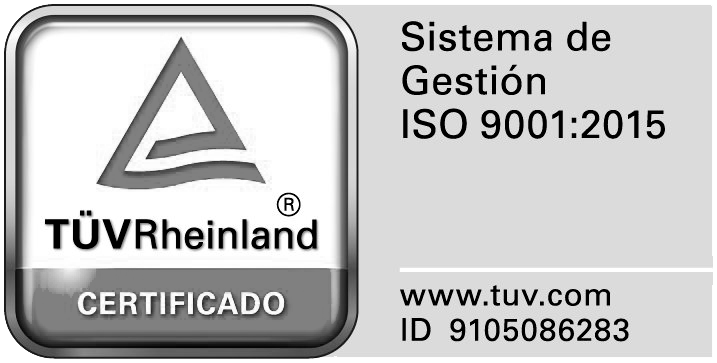
FORBES 2024
El Dr. Vicente Paloma,
un año más y por sexto año consecutivo,
en el TOP 100 de los mejores médicos de España de la lista Forbes.
FORBES 2024

Dr. Paloma, tu clínica de cirugía plástica y medicina estética
Cirugía plástica basada en la excelencia y naturalidad. Con esta filosofía, escuchamos tus necesidades y deseos, valoramos tus circunstancias y trabajamos juntos para conseguir la mejor versión de ti.
Dr. Paloma, tu clínica de cirugía plástica y medicina estética



